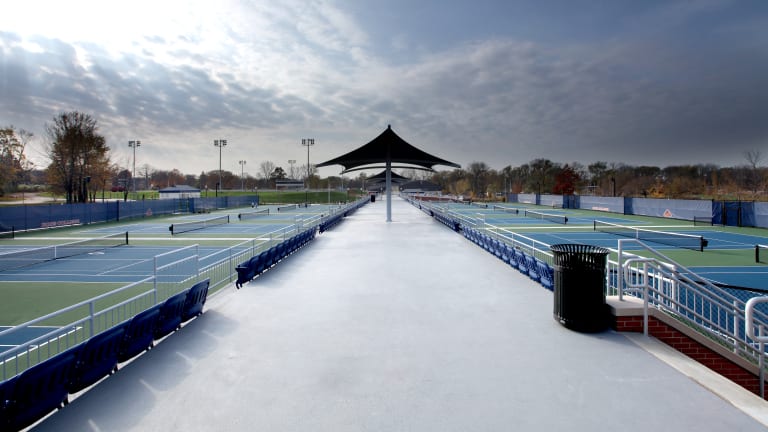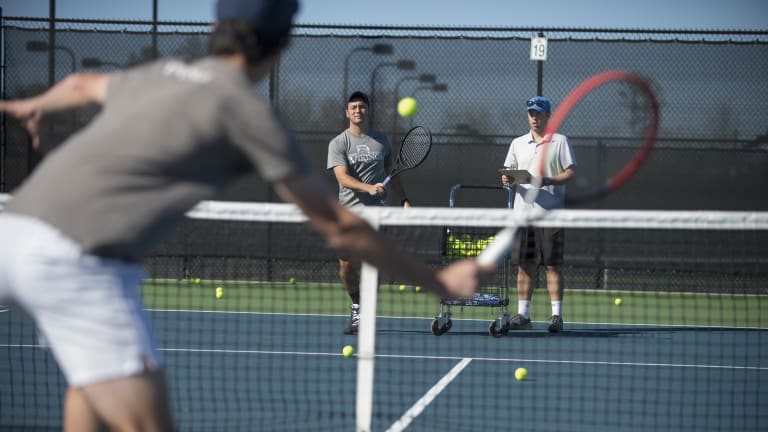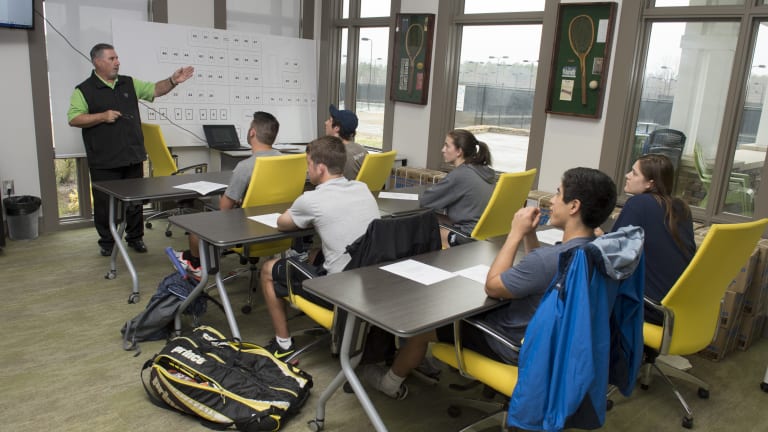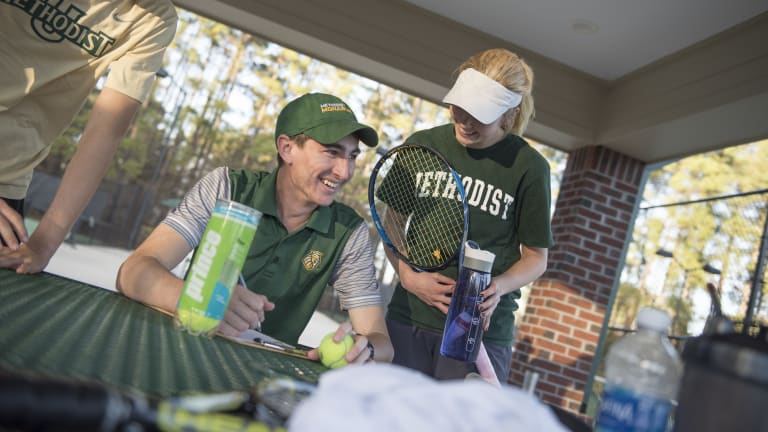Lorna and Sang Wing thought they had life pretty well mapped out for their son Newlyn.
Sang, a hospital information technology specialist, came to the United States from Vietnam in the late 1970s and settled in Grand Rapids, MI. He worked his way through Grand Valley State University, where he met Lorna, a registered nurse. Many years later, the Wings expected that Newlyn would follow in their footsteps and attend Grand Valley State, particularly since he had been awarded a four-year scholarship there to study business administration. But Newlyn had other ideas. When he was 11, Newlyn discovered tennis, began playing it with his older brother, Waylin, and started to dream.
Though money was tight at home, the siblings found free summer programs and clinics in nearby parks. Newlyn made the high school team, but he knew he wasn’t good enough to earn an athletic scholarship. Still, he loved the game, and he wanted to make a career out of it.
“I had a high school coach that connected me to a local pro who mentored me,” said Newlyn. “He’s the one who told me about Ferris [State University] and its Professional Tennis Management program. That changed everything.”
Ferris State University, in Big Rapids, MI, was the first four-year college to offer a USTA-accredited Professional Tennis Management (PTM) program, in 1986. Tyler Junior College in Tyler, TX, has offered a two-year PTM program since 1974 that awards associate degrees in Tennis Teaching Instruction and Management Skills, as well as a one-year certificate program in Business and Recreation Leadership. The University of New Mexico in Albuquerque offered the first PTM Masters degree. Each of the schools are closely aligned with and accredited through the USTA.



